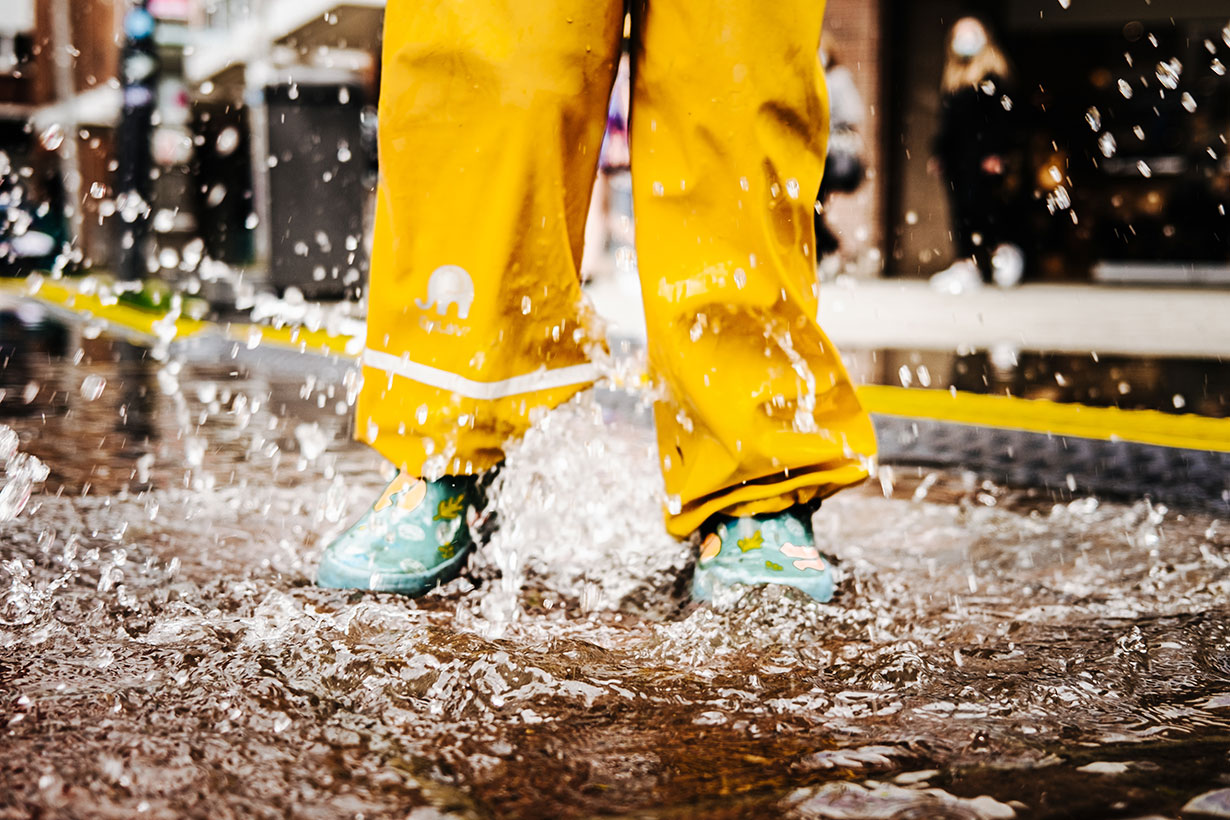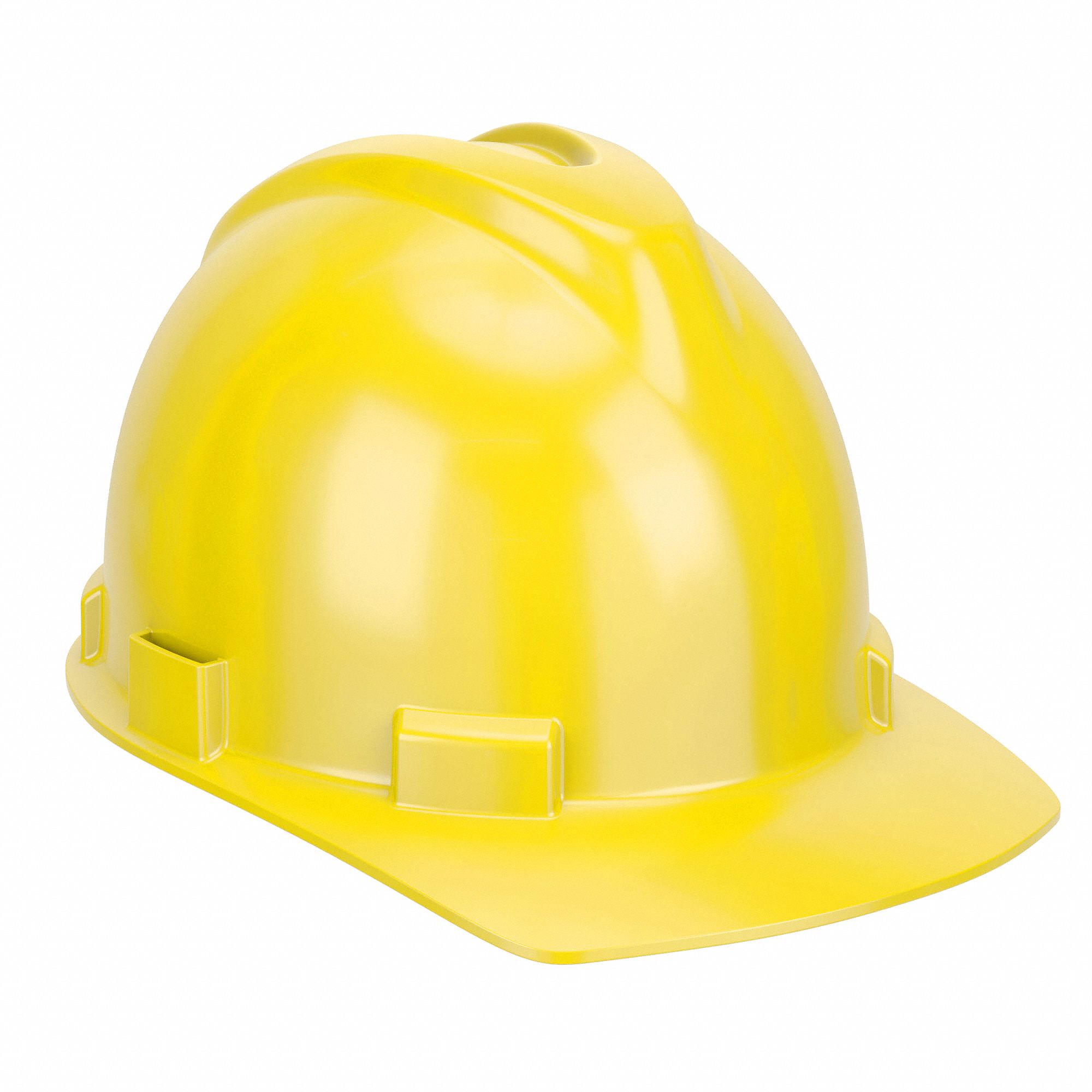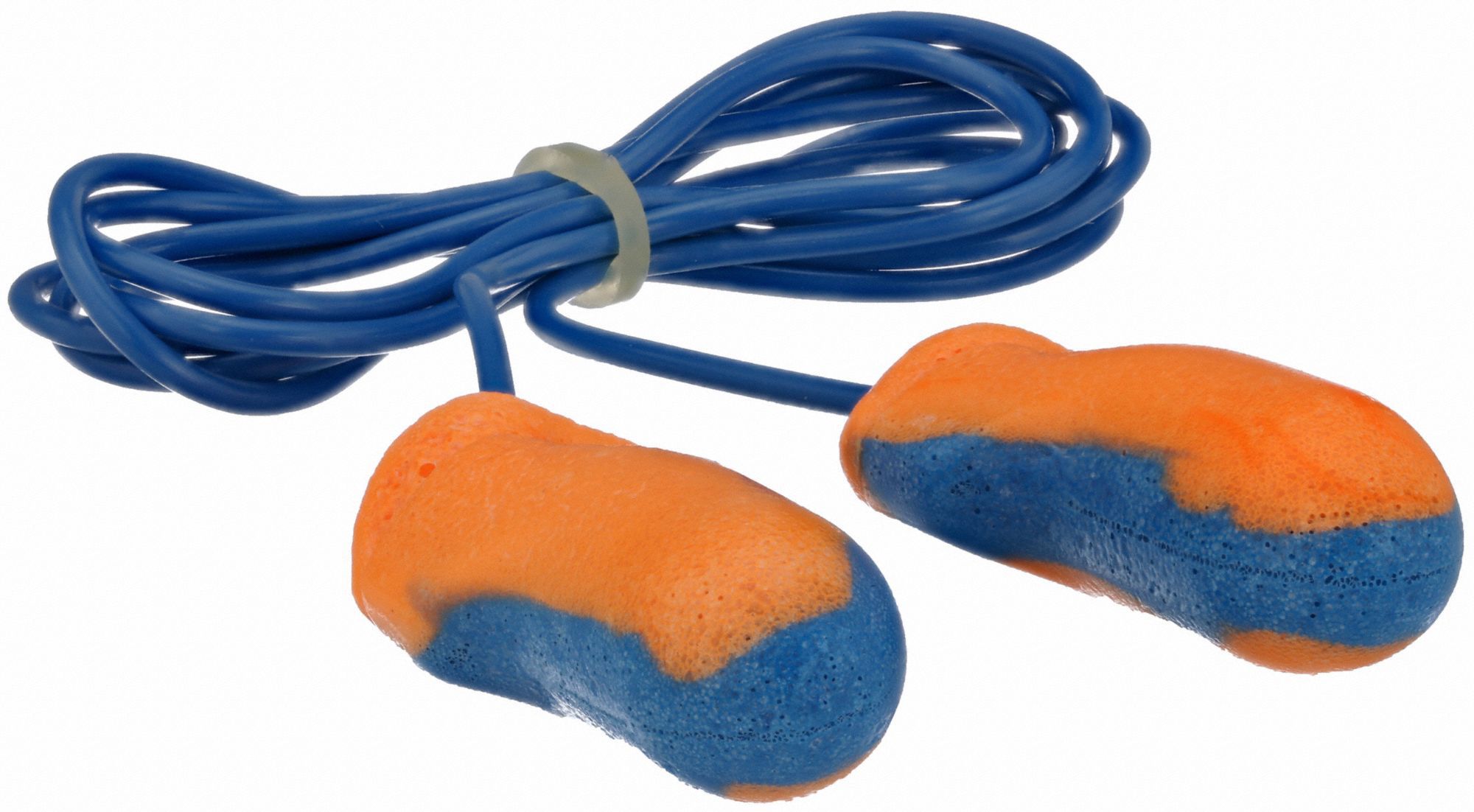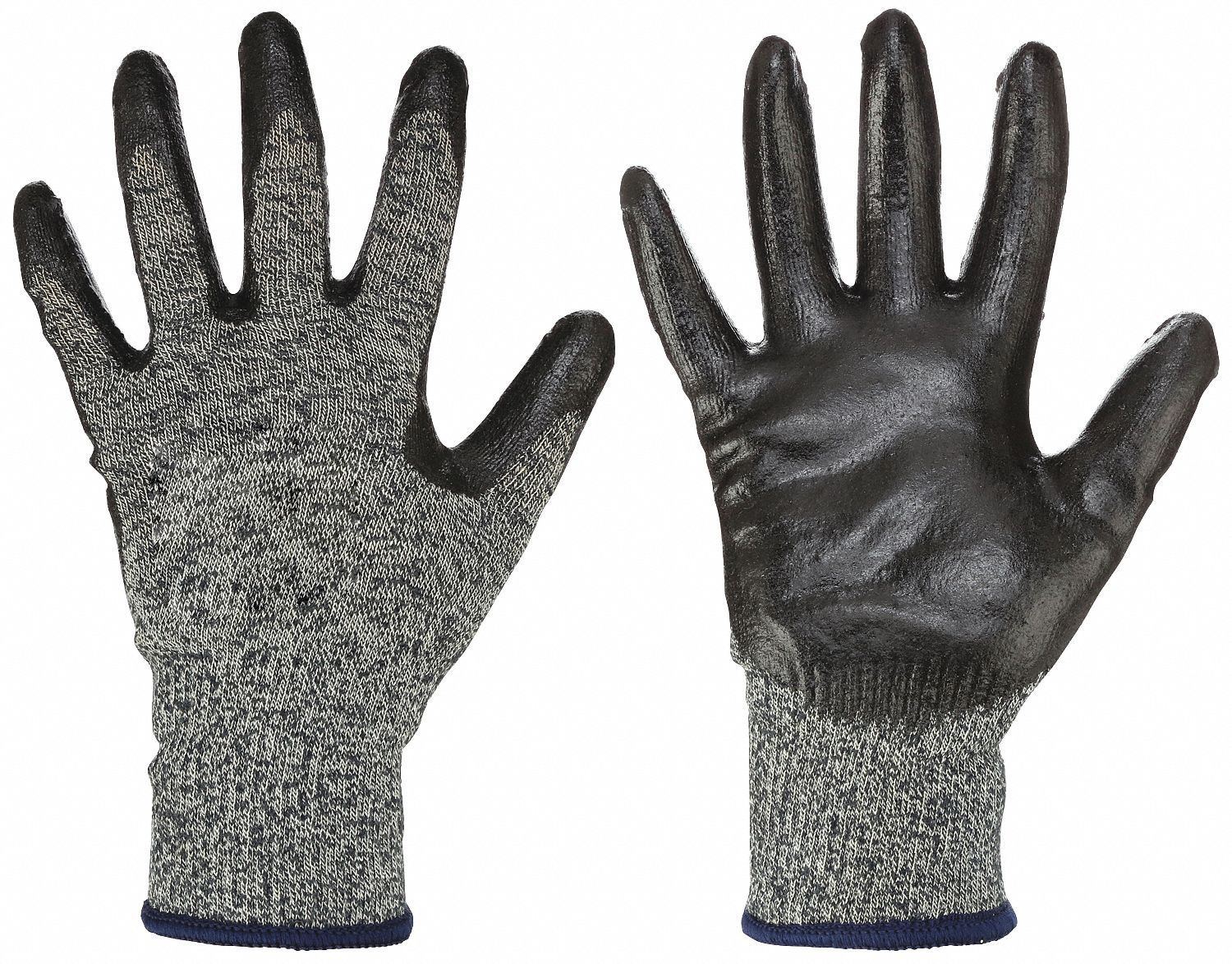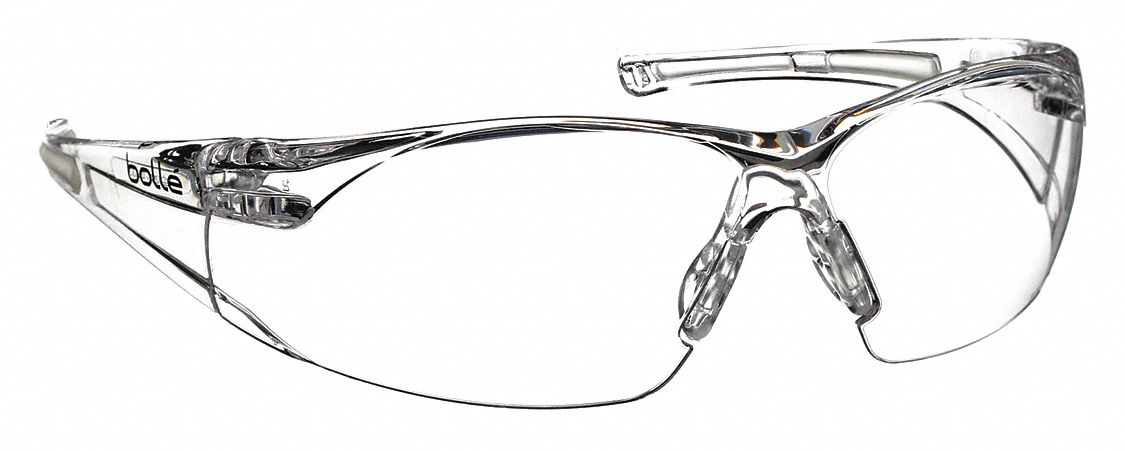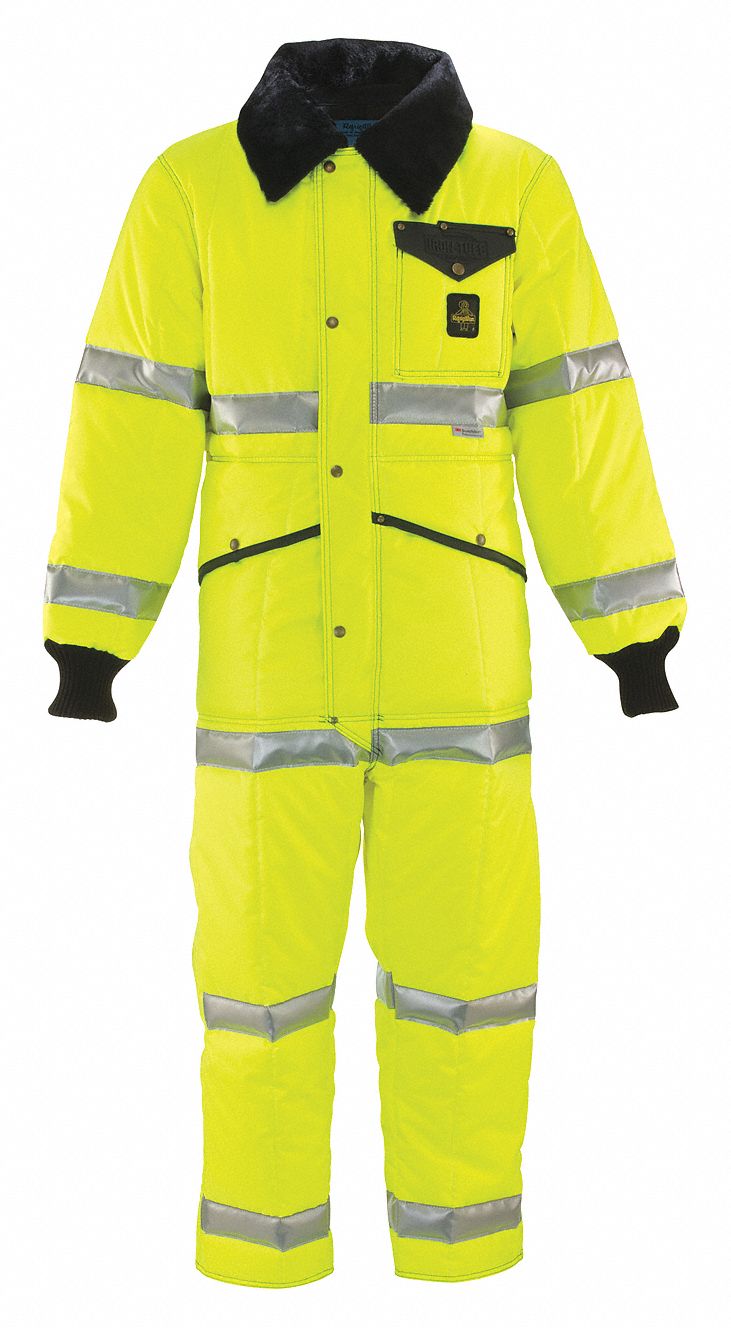

How High Winds Affect Working at Elevated Heights
By Grainger Editorial Staff 11/8/22


The risk of falling from height is a top workplace hazard. In 2020, falling from heights accounted for 13.5% of all workplace fatalities. Falls are second only to transportation accidents as a cause of death on the job, killing more workers than workplace violence, contact with machinery or exposure to toxic chemicals. And when the wind picks up, the danger to elevated workers rises.
Wind heightens existing falling risks and creates new hazards. Strong gusts can cause workers to lose their footing. Equipment can be blown from elevated workstations, raining down on workers below. A severe windstorm can knock down ladders, overturn scaffolding and tip aerial lifts. And recovering a worker from a personal fall arrest system (PFAS) can be complicated by windy conditions. The risks to elevated workers from high winds can be mitigated if you incorporate wind hazards into your safety plan and adapt to changing weather.
The Duty to Plan for Windy Weather
Working safely at elevation requires having the right combination of equipment and training in place before the job starts. When you’re planning a project, identify the elevated areas you will need to work on, and start thinking about how workers can reach them while minimizing falling risks including wind exposure.
Even short falls can be dangerous, which is why OSHA requires fall protection and training for general industry workers at elevations above four feet (29 CFR 1910.28) and six feet for construction workers (29 CFR 1926.501) While OSHA does not set a maximum windspeed for working at heights, employers do have a responsibility to protect against known hazards (OSHA’s General Duty Clause). For outdoor jobs, weather conditions need to be part of a fall protection program.
Working on scaffolding in high winds is specifically prohibited unless a competent person, or someone who has a demonstrated proficiency for identifying existing and potential workplace hazards, has determined conditions are safe and a PFAS or wind screens are in place (29 CFR 1926.451(f)(12)).
Hoists are not to be used in winds exceeding 20 mph. OSHA’s Hoisting Personnel standard - 29 CFR 1926.1431(k)(8)(i) states: “When wind speed (sustained or gusts) exceeds 20 mph at the personnel platform, a qualified person must determine if, in light of the wind conditions, it is not safe to lift personnel. If it is not, the lifting operation must not begin (or, if already in progress, must be terminated)."
Fall protection was the most common violation found by OSHA inspectors at workplaces in FY 2022. Unsafe use of ladders was the fourth most common violation, improper scaffolding took fifth, and failure to provide fall protection training was the eighth most common workplace safety violation.
Planning for Wind
Flexibility is the key to working through the windy season. You need to be able to reschedule tasks or find safer ways of working when the wind picks up. You may not be able to control when the wind blows, but it is uncommon for it to blow all the time.
Safety officers should monitor the forecast and conditions, and they should be aware of manufacturers’ windspeed ratings for the equipment being used. Be sure your safety plan has procedures for altering or suspending elevated work when wind speeds rise.
Whenever possible, arrange for using stable platforms, like scaffolding or aerial lifts. Their guardrails and secure footing make them far safer than ladders. On moderately windy days, workers on these platforms can be further protected with restraint lanyards and windscreens.
Seeing the Risks
When a severe windstorm threatens, a competent person should have the authority to ground all workers. If you’re in a region that regularly experiences high winds, your plan should have some ground days built in, when workers are assigned to tasks that don’t expose them to fall risks at all.
How will you know when winds are too high? In addition to watching the forecast, your safety officer can also install wind speed indicators at elevated workstations to keep an eye on conditions. Workers can also be trained to estimate wind speed through safety training covers wind hazards. Workers are required to be instructed in recognizing hazards and protecting themselves from falls. Your training should empower workers to understand the danger of high winds and advocate for additional safety measures in hazardous conditions.
The Fall Safety Pyramid
OSHA's three lines of defense is even more important when working at elevated heights when wind enters the equation. Fall risks should be mitigated in the following order:
1. Eliminate risks entirely: Your first step should always be eliminating falling risks entirely. For example, can a pole saw or a telescoping paint roller be used to keep workers on the ground?
2. Put workers behind guardrails: If you have to work at elevation, compliant quardrails provide fall prevention. They protect workers whether the worker remembers to use them or not. Unlike a safety harness, you can’t put it on wrong or unclip a guardrail. Compliant toeboards provide falling hazard protection.
While it would take an extreme gust to push a worker over a guardrail, high winds do increase risks for workers behind railings. Gusts can push equipment and debris from rooftops and platforms, creating a hazard for those working below. A severe windstorm may threaten to topple scaffolding or aerial lifts. And climbing down an exposed ladder to evacuate the platform could become risky.
3. Tether to fall restraints: In some situations, working behind railings may be impossible. For example, if you’re working on a flat rooftop, a leash-like properly anchored restraint device can keep you from getting too close to the edge.
Used properly, restraints will provide excellent fall prevention even in high winds. However, they rely on workers being vigilant about wearing the restraint properly and staying clipped in. A momentary lapse on a windy day could have severe consequences.
4. Use Personal Fall Arrests: A PFAS should be considered a last resort for fall safety, to be used either in combination with guardrails or in situations where other fall protection measures would be unworkable. The PFAS consists of a harness and a shock-absorbing lanyard connected to an overhead anchor or lifeline. A PFAS can protect workers in situations when they may be in a position to fall.
Unlike the other methods of addressing falling risks, a PFAS doesn’t actually prevent the fall. Instead, the shock-absorbing lanyard arrests the worker six feet into their fall, before they are likely to be injured. But a worker can still fall from the building and end up swinging in their harness, a hazardous situation. High winds further compound these risks, making the initial fall more likely and recovery more difficult.
If you’re using a PFAS, consider how wind will impact your recovery plan. If you intend to extend an aerial lift to the hanging worker, think about how high winds might affect your ability to reach some areas. The longer a worker is left hanging in their harness, the higher the chance of orthostatic injury
Like fall restraints, compliance is the most important factor for an effective PFAS. A 2017 study found that almost one in four fatal falls in the construction industry happened when a PFAS was available, but not worn. If your job will use PFAS to mitigate fall risks, your safety officer will need to strictly monitor for their proper use.
5. Other Measures: Finally, methods like warning lines and nets can be deployed when other safety measures are impossible. These protection methods may not be adequate in high winds, however. Nets are not as sturdy as guardrails, and safety wires will do little to arrest a worker who has already lost their footing.
Two Special Hazards: Ladders and Cranes
High winds create acute dangers for workers on ladders and when raising unsecured loads on cranes. Portable ladders already present a serious falling hazard. Of the 645 fatal workplace falls from an elevated height in 2020, 105 involved portable ladders as the primary source.Most portable ladders have no guardrails, no restraint harness anchors, not even a platform to steady yourself. Add to that the dangers of an unsecured base and a
Raising loads in the wind can also become a special hazard. Without a tagline, an airborne load is free to swing and spin out of control. If the job requires hoisting materials, be sure you have a restraint system ready to go.

Safety Management
6 Tips to Help Prevent Slips, Trips and Falls
Identify the fall hazards in your workplace and implement a fall safety program. Check out these tips from Grainger so you can mitigate risk.
![]() Our Latest KnowHow
Our Latest KnowHow
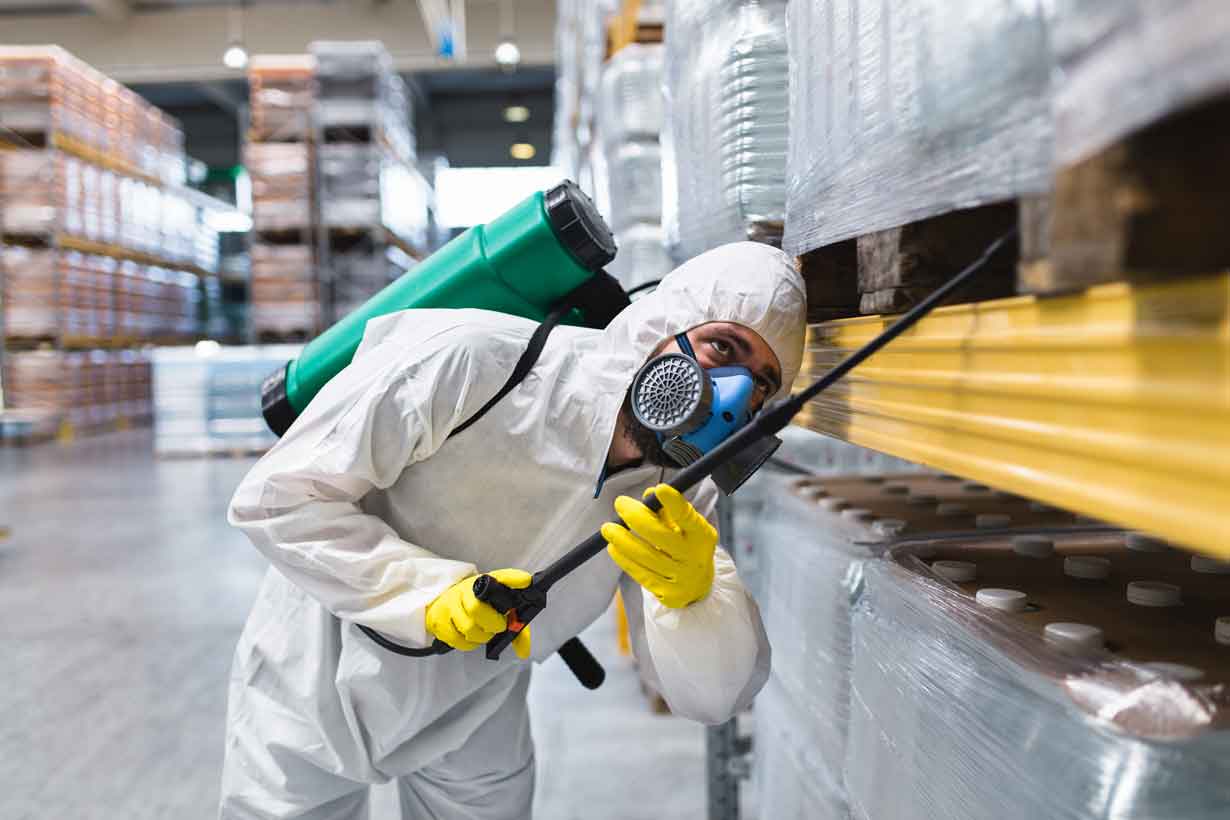
Facility Pest Control: How IPM Helps Safely Manage Insects
Discover safe, compliant pest control with IPM. Find tips for insect monitoring, sanitation and safe insecticide use in commercial facilities.
The information contained in this article is intended for general information purposes only and is based on information available as of the initial date of publication. No representation is made that the information or references are complete or remain current. This article is not a substitute for review of current applicable government regulations, industry standards, or other standards specific to your business and/or activities and should not be construed as legal advice or opinion. Readers with specific questions should refer to the applicable standards or consult with an attorney.


